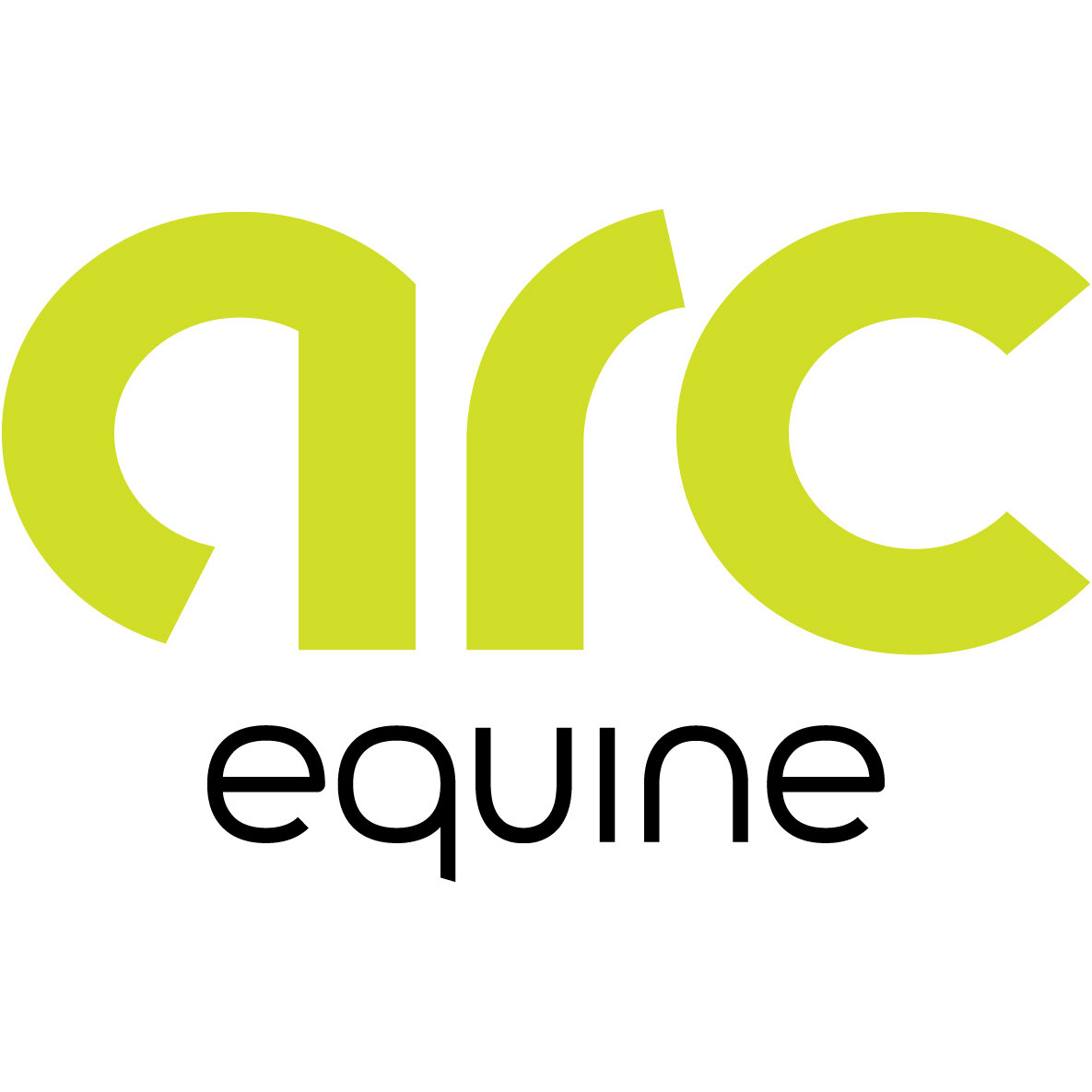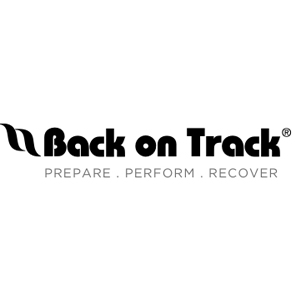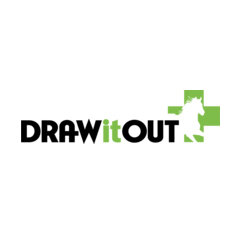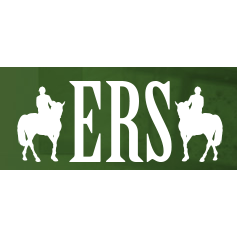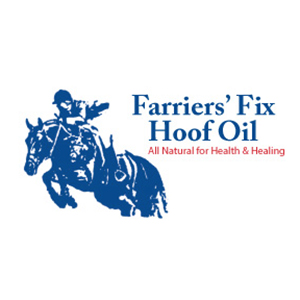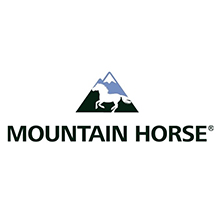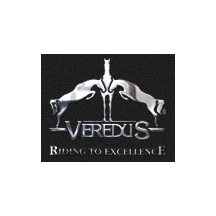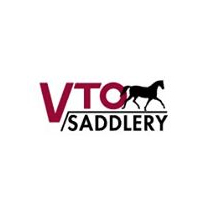About Eventing
Eventing could be termed an “equestrian triathlon.” It involves working with a horse both on the flat and over fences. The three phases are: dressage, endurance (or cross-country), and show jumping. Over the centuries it has developed from the test of the ideal military charger. Eventing has now evolved into an exciting sport attracting interest from all levels of sports enthusiasts, from weekend hobby riders to professional international stars.
Day One: Dressage

The dressage phase begins every eventing competition. In French, dressage means “training.” Originally designed to show the horse’s ability to perform intricate movements on the parade involved with reviewing troops, today the dressage test comprises a set series of movements performed in an enclosed arena. Precision, smoothness, suppleness and complete obedience show off the horse’s obedience. Ideally the horse appears to perform the test moments of its own accord, working in harmony with its rider. The test is scored on each movement, rather like the scoring of the compulsories in figure skating, with the overall harmony and precision of the test taken into consideration.
Dressage is also very important to the three-day event horse, as it helps to develop the muscular strength and suppleness needed the other two days of competition, endurance day and show jumping, where the horse must be unbelievably fit and strong, and able to lengthen and shorten stride at a gallop.
The purpose of the dressage test is to demonstrate the level of communication between the horse and rider to and display the power and grace required to perform each movement with balance, rhythm, and suppleness. Due to the demands of the sport, the three-day event horse is extremely fit, and only strong and tactful riders possess the skills needed to harness and direct that energy into a both polished and powerful performance.
Day Two: Cross-Country

The cross-country test takes place on the second day of competition. The object of this test is to prove the speed, endurance, and jumping ability of the horse over varied terrain and obstacles. In order to accomplish this task, the horse and rider must be at peak condition. The horse must be brave and obedient, and the rider must use knowledge of pace in order to expend only as much of the horse’s energy as necessary, if they expect to finish well.
The cross-country course covers approximately 2.75 to 4 miles, along which sit 24-36 fixed and solid obstacles. This phase is ridden at a gallop, with exact speed requirements depending on the level of competition. Cross-country courses require horses and riders to be bold and smart, while testing their physical stamina. The aim of each combination of horse and rider must complete, on time and with as few penalties as possible. Penalties can be accrued through jumping errors (horse refuses or runs out at an obstacle, rider falls off on course, etc.) or by exceeding the optimum time allowed.
Of the three days of competition, the cross-country phase is usually the most appealing to spectators and riders alike. It is the ultimate challenge to prepare a horse for this rigorous test. Unlike other sports, where only the human will and body are pitted against the clock, in eventing, two minds and bodies work as one. As an additional attraction, eventing is the only high-risk Olympic sport where men and women compete as equals, with no separate divisions. Some of the top riders in the world today are women from all over the globe.
Day Three: Show Jumping

The third and final test takes place in the show jumping arena. A show jumping course comprises a series of colored fences usually made up of lightweight rails that are easily knocked down. The test takes place in an enclosed ring and the course must be negotiated in order for the horse and rider to successfully complete the event. This final phase tests the stamina and recovery of the horse after the endurance phase and shows that it is fit enough to continue work.
In the words of the FEI (international governing body for equestrian sport) rulebook, “The test on the third day is not an ordinary show jumping competition…its sole object is to demonstrate that, on the day after a severe test of endurance, the horses have retained the suppleness, energy and obedience necessary for them to continue in service.” The show jumping course requires very exact riding; it consists of between 12 and 15 show jumping obstacles, which normally include at least one combination, two spread fences, and in some cases a ditch.
The courses are designed to test the horse and rider’s ability to negotiate a variety of fences of differing heights, widths, and technicality. This requires the horse be balanced and supple for tight turns and short distances between fences. He must be able to lengthen or shorten his stride in an instant. Therefore, the rider must know exactly where he is on the approach to a fence, with an obedient horse that will respond to his commands. For the spectator, this sport is both exciting and breathtaking to watch, as just one single rail knocked down can change the final standings dramatically.
At the end of the competition, scores for all the competitors are totaled. Each test is scored individually and the penalties incurred are added together for the final results. The lowest score is the winning score. In the case of a team competition, the individual scores of each of the team members are added together. If all team members have completed the competition, the best three scores count and the team with the lowest team total is pronounced the winner.
(Description Courtesy of U.S. Eventing)





















